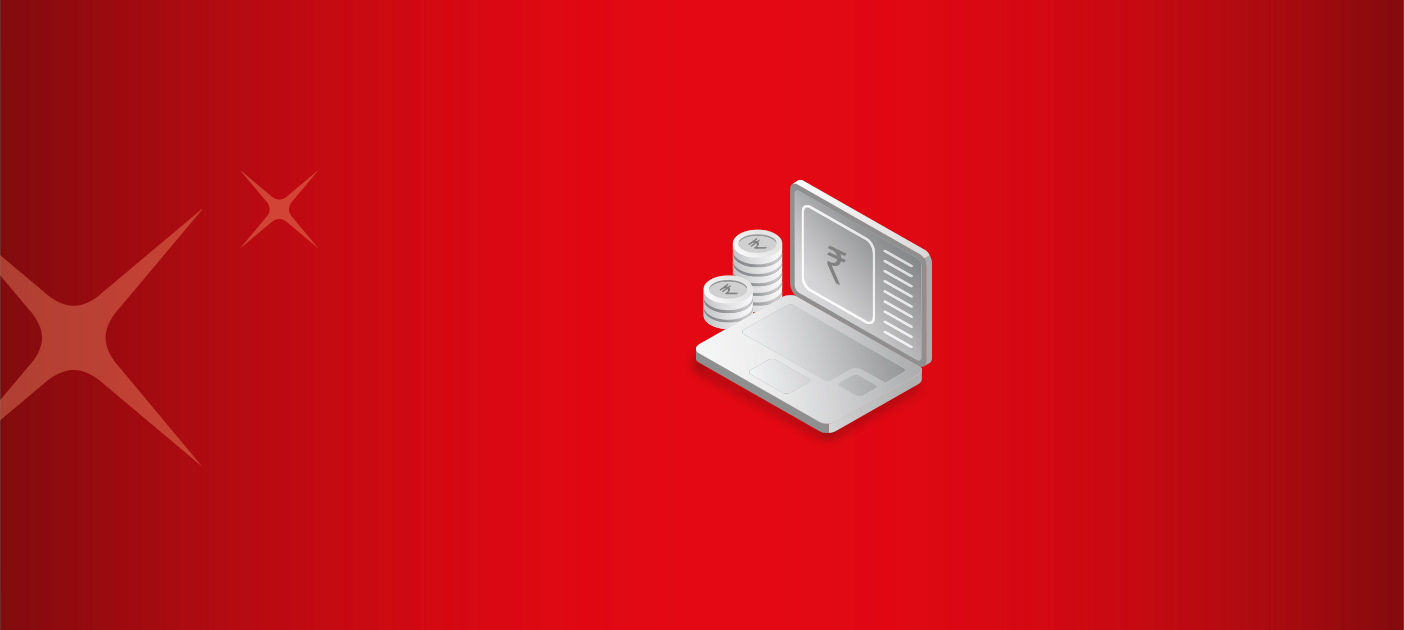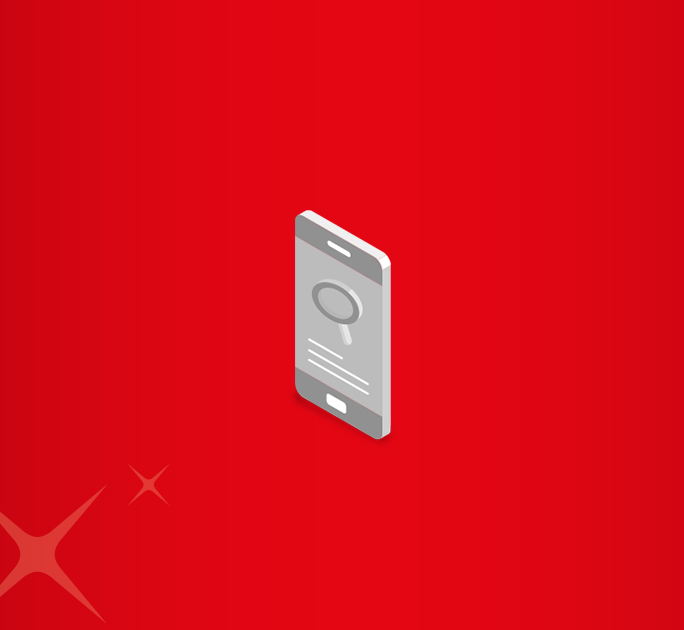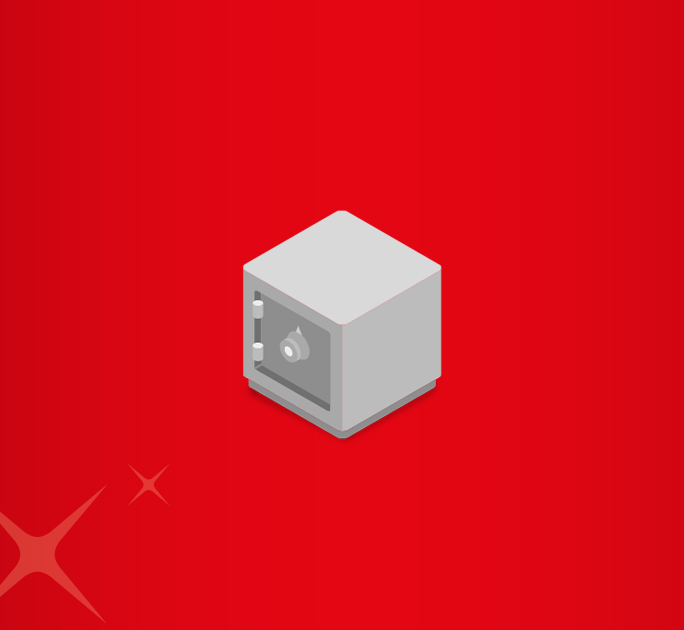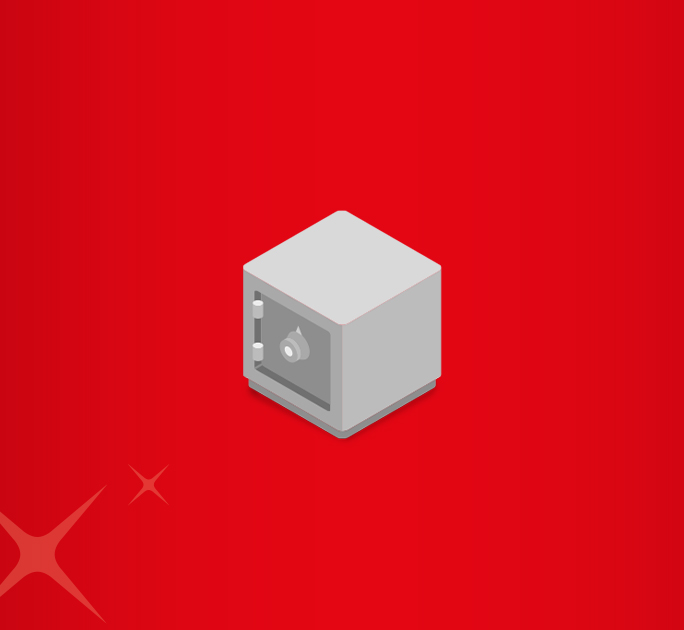- Save
- Invest
- Borrow
- Pay
- More
- Customer Services

Mobile Banking App
Mobile banking applications – uses and how to download
Key Takeaways
- A mobile banking app is a free-to-download application available on your mobile device.
- You can initiate fund transfer via NEFT, IMPS and UPI payments with mobile banking apps.
- You can check account statements and balances any time you want.
- You can invest in term deposits, mutual funds or securities through these apps.
- You must follow the necessary safety protocols for secure mobile banking transactions.
When mobile banking was introduced in 2002, the functions were limited to SMS banking. You could send texts to a unique number provided by the bank and carry out basic banking transactions like money transfers, balance checks, and mini statements. However, today’s mobile banking applications are equipped to do so much more. Read on to understand how to download mobile banking apps and their many uses.
What Is a Mobile Banking App?
A Mobile Banking App is a free-to-download application that enables you to perform various banking activities using your internet-enabled mobile phone. Banks offer their eponymous apps, which you can download and install on your phone to conduct multiple functions.
How To Download a Mobile Banking Application?
Here are the steps for mobile banking app download.
- Go to your phone’s application store, i.e., Google Play Store for Android, App Store for iOS or Microsoft Store for Windows.
- Type the bank app name in the search bar and tap on download.
- The app gets installed on your phone, after which you can activate mobile banking by logging in with the credentials provided by your bank.
Reasons To Use a Mobile Banking App
An extension of internet banking, Mobile banking apps are incredibly user-friendly. Here are some reasons why you should download and use these apps.
- It is akin to carrying your bank in your pockets.
- You can add and view beneficiaries for fund transfer purposes.
- You can send money to bank accounts using NEFT, IMPS, RTGS or UPI.
- You can view account balances and get account statements any time you want.
- You can pay utility bills and credit card dues.
- You can open fixed deposits and recurring deposits.
- You can invest in Mutual Funds and other securities.
- You get secure login features, including 2-stage and biometric authentication.
- You can order cheque books, bank cards, and find nearby ATMs.
- You can block banks cards instantly in case of theft or loss.
Mobile Banking Applications – The Dos & Don’ts
Following good mobile banking etiquettes goes a long way in ensuring bank account security. Below are the do’s and don’ts.
- Do not share your login credentials with anyone.
- Avoid using unsecured or public internet networks to prevent your account from getting hacked.
- Ensure that you log out of the banking app after every session.
- Sign up for SMS and email notifications to get instant alerts after every transaction.
Most banks provide mobile banking apps for Android and iOS. However, many banks are yet to create their apps for Windows phones.
Final Note
Mobile banking applications allow you to carry banking activities using your mobile device. Most banks provide free mobile banking apps, which you can download on your internet-enabled phones in seconds. Once downloaded, you can conveniently conduct several types of transactions. While banks take all measures to protect your financial data, you too must follow all the safety protocols.
Are you looking for a smart mobile banking app? Download DBS Bank app and explore a world of banking facilities in a few swipes. Also, open your savings account with us.
*Disclaimer: This article is for information purposes only. We recommend you get in touch with your income tax advisor or CA for expert advice.











